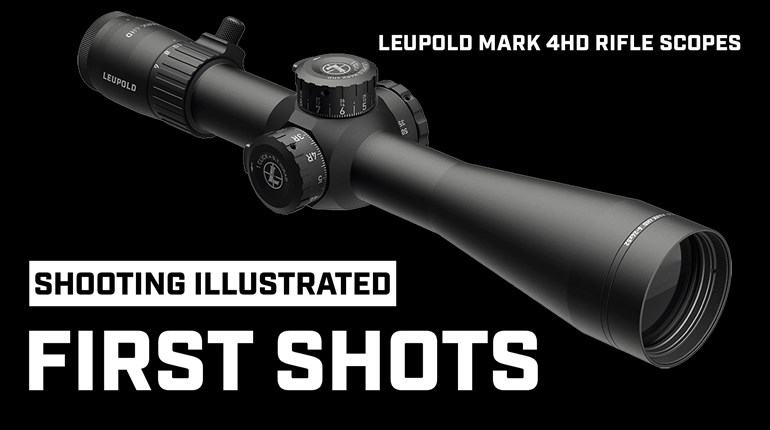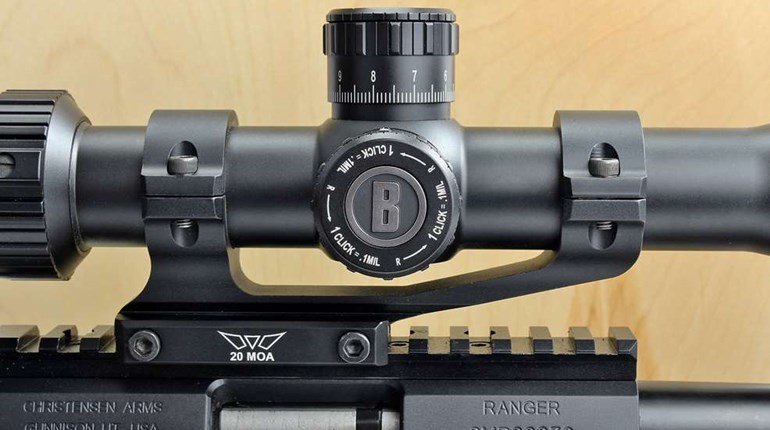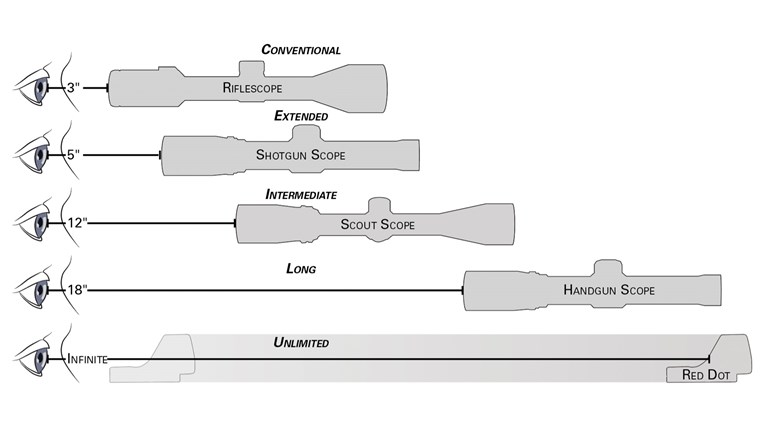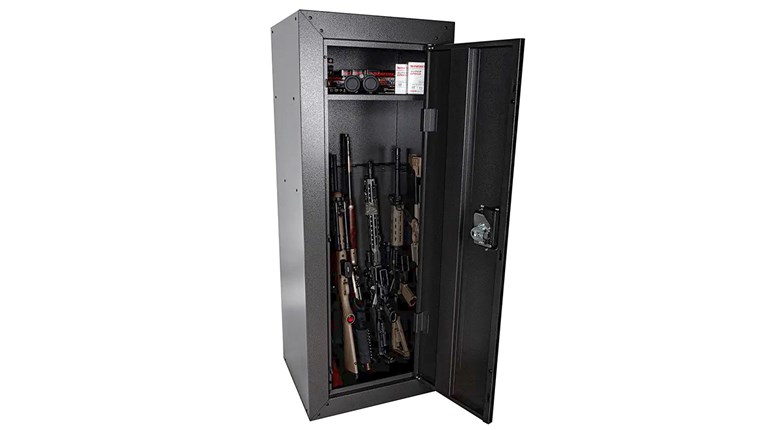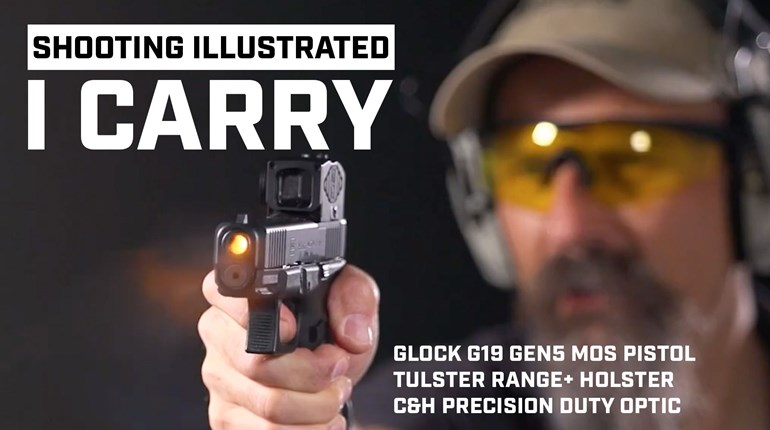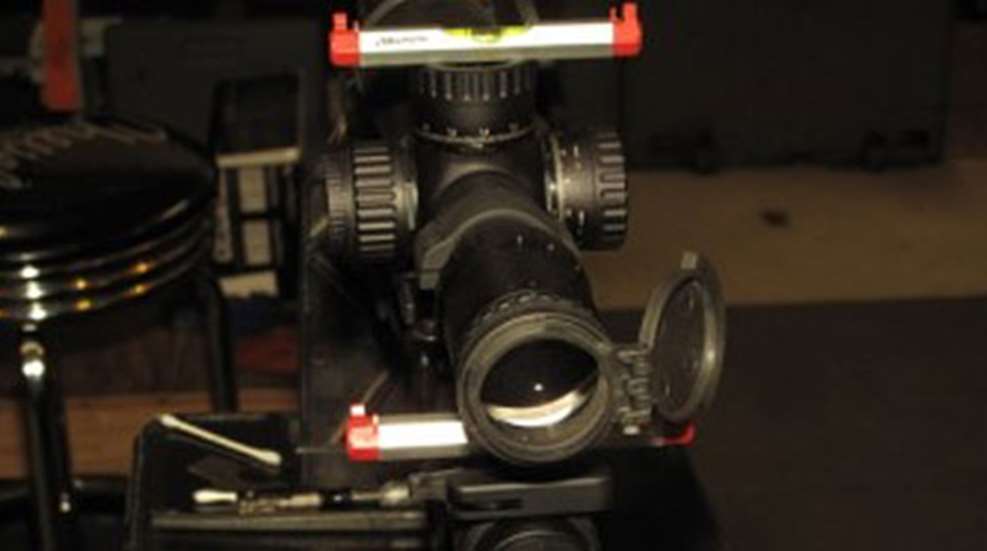
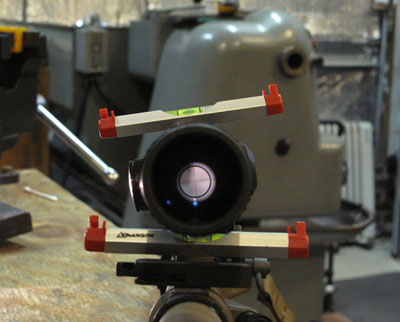
Mounting a magnified riflescope is a fairly straightforward process: Focus, set eye relief, securely attach rings to rifle, torque screws evenly. Sometimes, when the rifle is first shouldered, we realize an important step was skipped: leveling the scope to the rifle.
My first Army sniper-team leader taught me how to level my own scopes using a simple technique. I, in turn, taught other snipers as I went through the ranks, and have continued to level all optics on my rifles and carbines ever since. I have tried most of the commercial tools made specifically to aid the scope leveling process, but for better or worse, I am a creature of habit. The method I was taught is simple, uses minimal tools and best of all, it works.
Before getting into the "how" of scope leveling, it is important to make a couple of points. First, leveling a scope (and its reticle) to the gun is not the same as leveling the rifle during shooting. The latter action is critical for long-range precision, but can only be done with a riflescope that is properly mounted and leveled to the gun. Second, we are not leveling the optic to the eye, but rather to the rifle's receiver. We reap three specific rewards for making sure everything is level and true:
- The scope's windage and elevation adjustments will track horizontally and vertically on target.
- Aiming reticles (mil-based, ballistic) will work as designed for shots requiring reticle hold over.
- A level reticle is less distracting than a crooked one and helps the shooter level the rifle before taking a shot.
Here's my simple technique for leveling riflescopes:
1. Verify the rifle is unloaded and clear.
2. Place the rifle upright in a gun cradle, on a bag rest or on a bipod.
3. Install scope-ring base(s) or bottom halves on the rifle and tighten.
4. Place the scope in the rings, tighten the scope-ring top halves, but ensure you can still rotate the scope body.
5. Remove the elevation knob cap, if present.
6. Place one spirit level on any rifle-top surface that is both flat and timed to the bore's 12-o'clock, such as the top of a Picatinny rail milled into the upper receiver, a gas-block top rail or a Weaver rail attached to receiver's top. Rifles with no flats on top will require creativity. Bolt-action rifles' bottom metal often protrudes far enough below the stock line to allow the level to be held (upside down) against it. If the scope is in the way, levels are available that attach to single rail slot and extend to one side of the rifle.
7. Level the rifle from left to right.
8. Place the other level crossways on top of elevation knob, ensuring it is flat on knob's top. If the protective cap is flatter than knob's top, leave the cap screwed down and place the level on it.
9. Adjust the scope until the level on top of the elevation knob matches the level on the rifle.
10. Carefully tighten ring tops until they are snug enough to hold the scope. Keep an eye on the levels throughout this process.
11. Fully tighten the ring tops to the manufacturer's recommended torque. Re-check the levels.
12. Shoulder the rifle and check to make sure the reticle appears level when rifle is held upright
13. If the scope is still not level when compared to the rifle, loosen the screws and repeat.
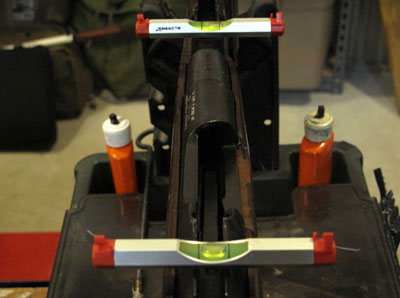
If you are positive the scope is level, but the reticle is obviously cocked to one side or the other after using this process, contact the riflescope manufacturer for warranty service. This happens more often than you would think, even with high-end optics. Scope rings with left and right ring halves (instead of top and bottom halves) tend to rotate a scope's body when tightened. It may help to intentionally make the scope crooked, then let the ring "true" it up as you tighten down. This is a trial and error process.
Some rifles have crooked top surfaces, especially when using a flat somewhere other than the receiver's top. In the end, you may be forced to level by eye if you cannot find a level surface on the gun.
Lastly, spirit levels vary widely in quality. I recommend you use one with an aluminum housing. I check my small levels periodically against a machinist's level to ensure they're true.
Leveling a scope to a rifle is part of basic gun setup. Once complete, you need to ensure you keep the rifle level, especially for longer range shots. I recommend an anti-cant device that attaches to the scope or the rifle for this purpose. A level scope is a happy scope, and a happy scope helps make for a much happier shooter.













